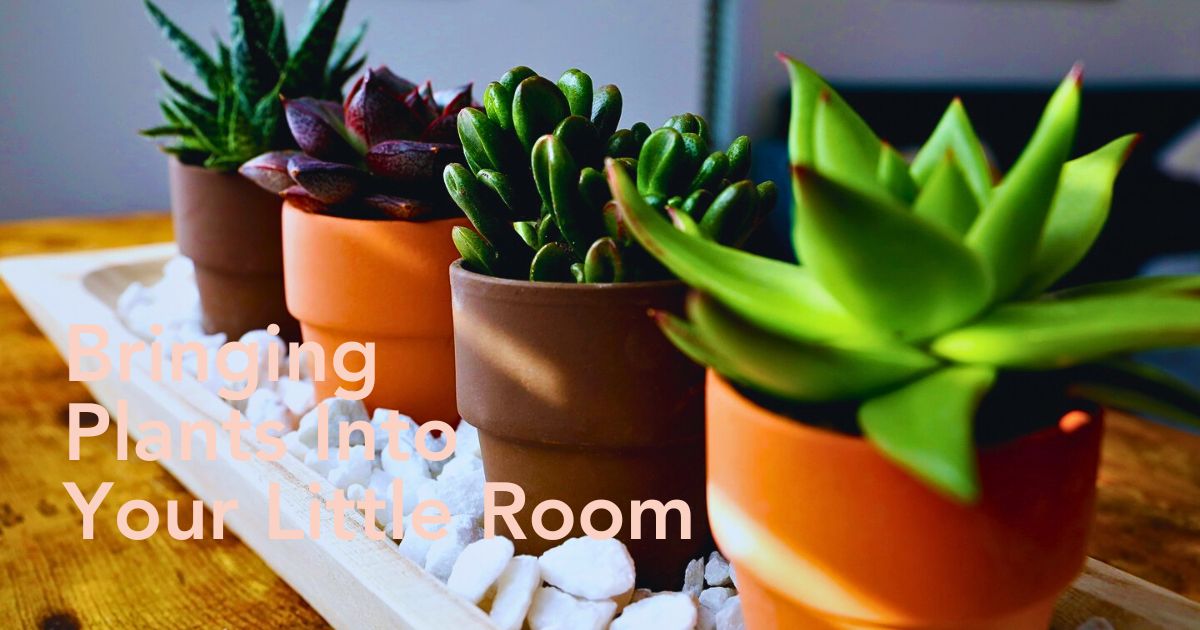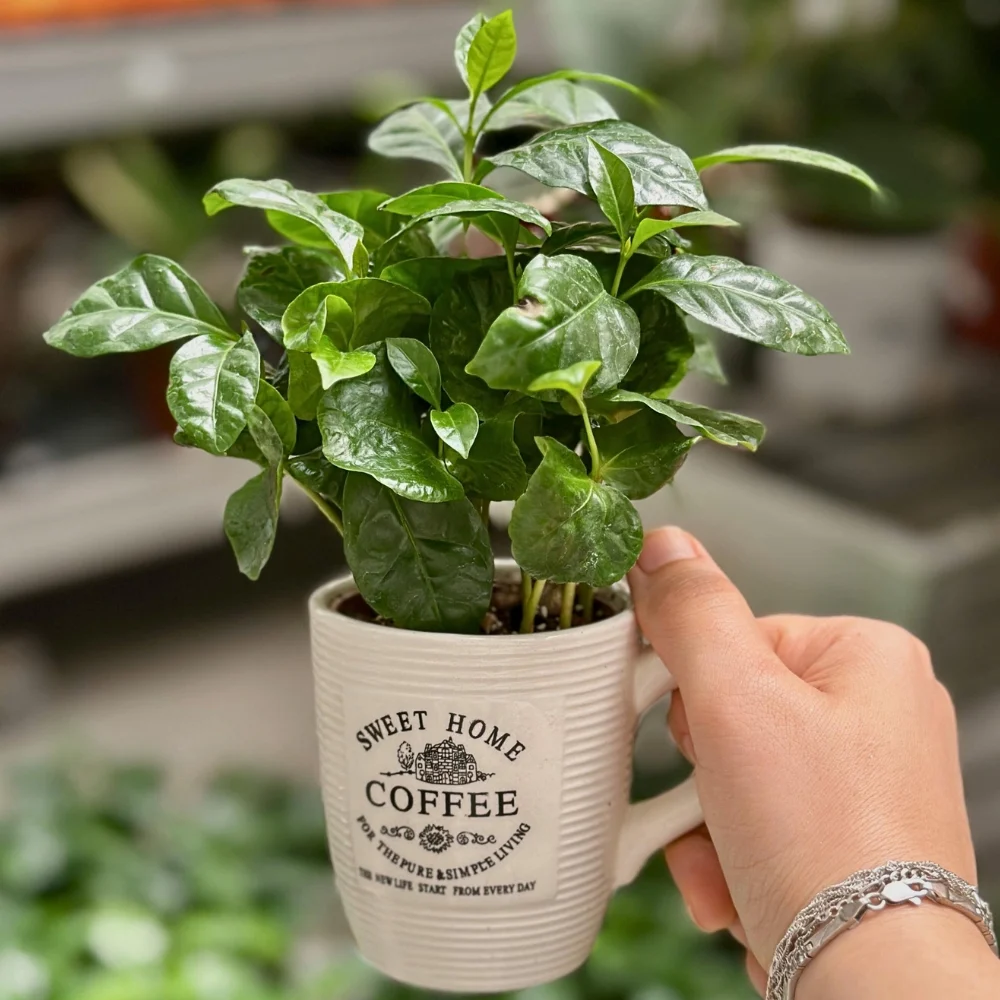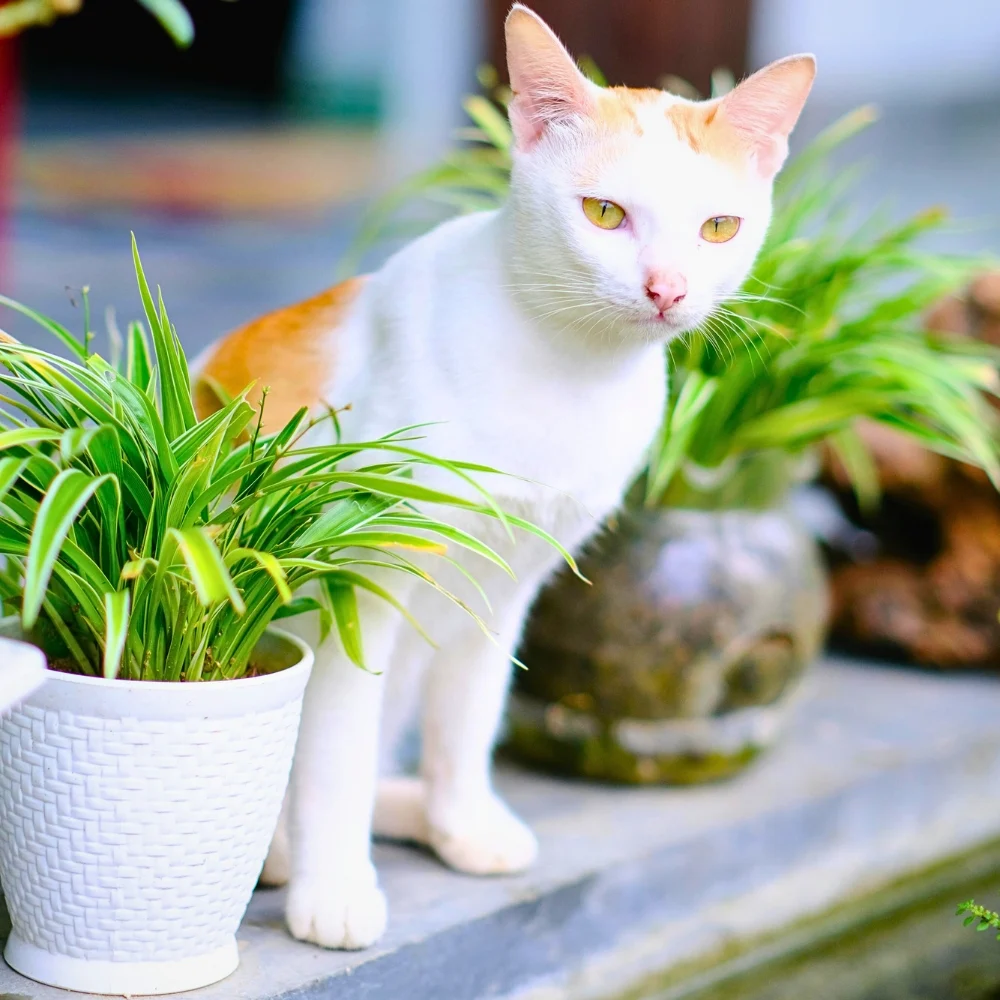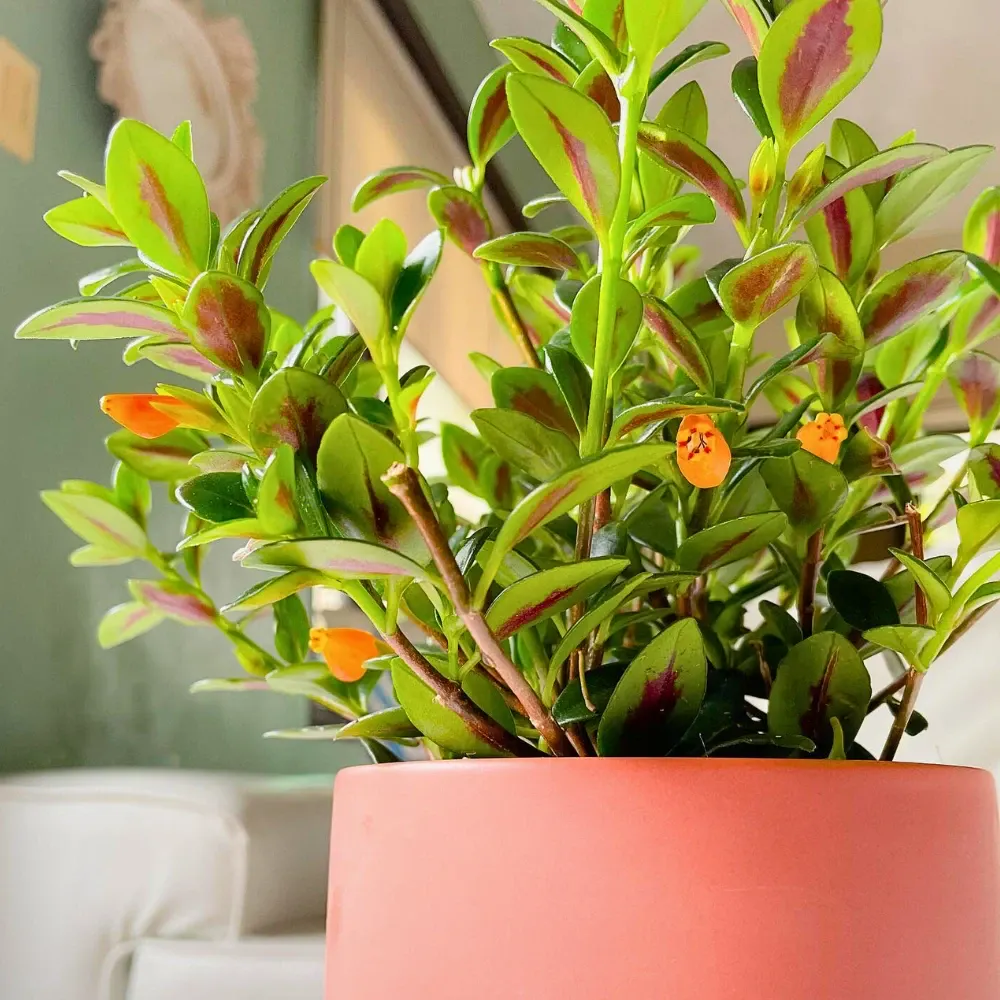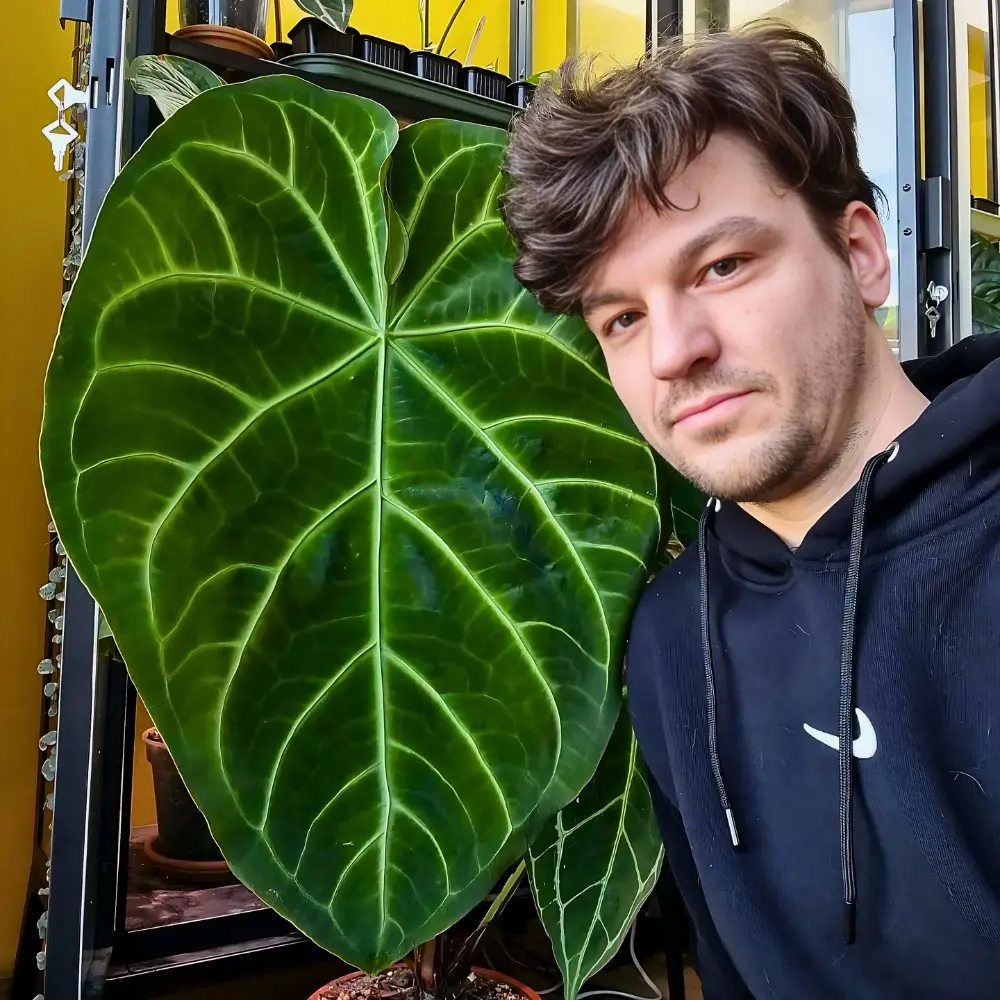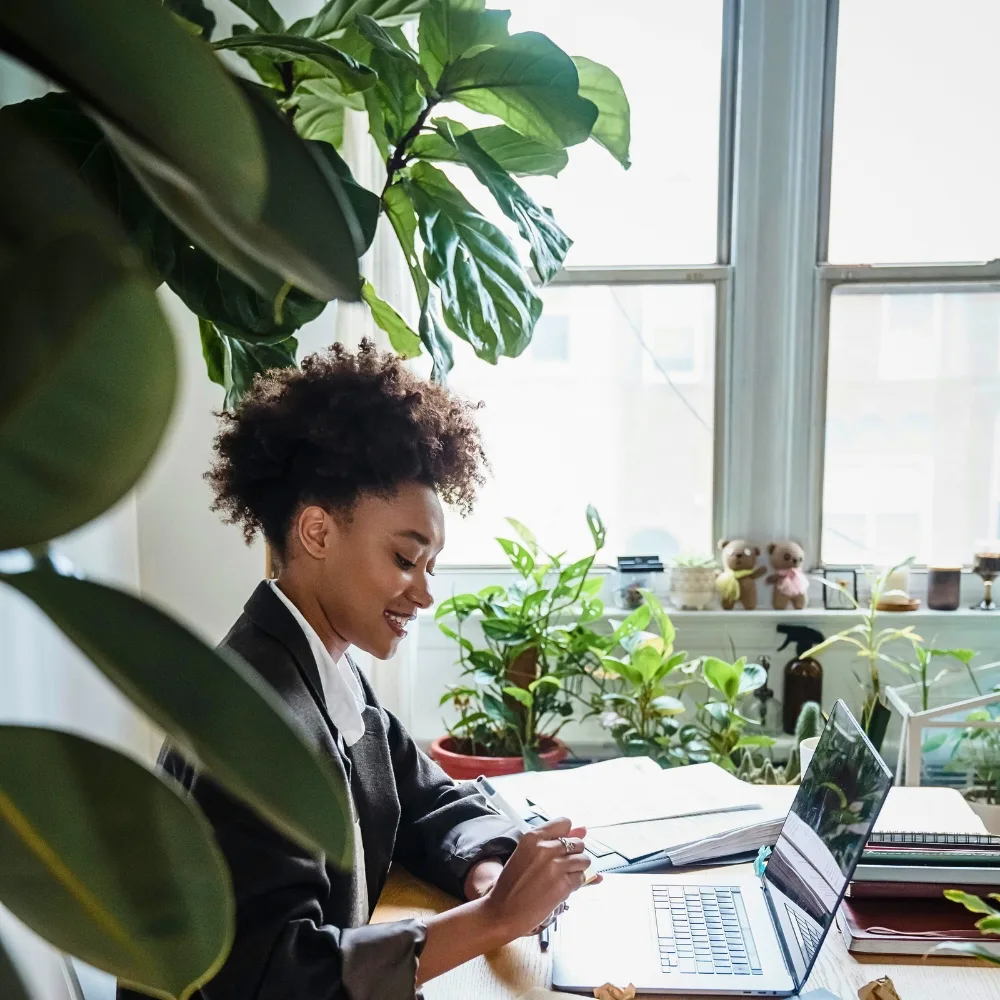When you live in a small dorm room, it doesn't mean you can't bring a little of the outside inside with some plants. Having a little green space to call your own could help you feel more at home and even make you feel better—and considering the packed academic schedules of students, it's not as if anyone has much time for plants that are high-maintenance or take up a ton of space anyway.
Dorm-friendly plants that require minimal care and space, like succulents and air plants, can brighten up any room. This guide hopes to make it easy on you with some of the best dorm room plants that require as little care as they do space and, as a bonus, are also incredibly beginner-friendly.
Why Have Plants in Your Dorm Room?
Before we get to the actual plants, here's why keeping plants in your dorm room is a great idea. For starters, plants do way more than make an aesthetically pleasing room. Beyond just looking pretty, plants can impact your quality of life in multiple ways.
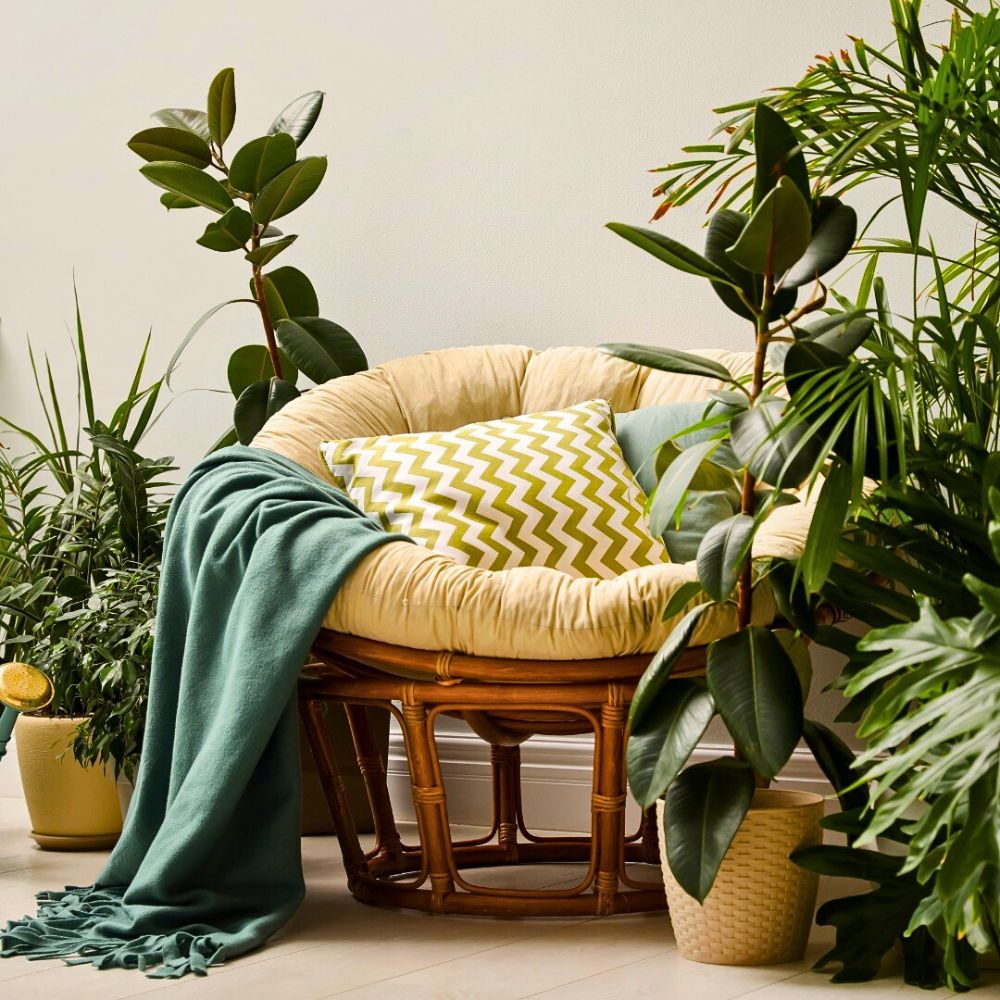
First, plants can actually help purify the air in your room. Plants take in carbon dioxide and then release oxygen, which can make the room you're sleeping in feel cleaner and easier to breathe. This improved air quality can be especially beneficial when you're spending long hours studying or using an online coursework writing service to complete your assignments.
Plants can boost your mood and your well-being, too. Being among plants really can improve your mood, reducing levels of anxiety and boosting feelings of well-being and optimism. This could be particularly helpful for times when you're reaching for the Stress Ease remedy on a twice-weekly basis, such as when you have a big exam to revise for, or when you're feeling homesick. And again, having a plant and looking after it can make you feel better—after all, it's nice to keep a plant alive, isn't it?
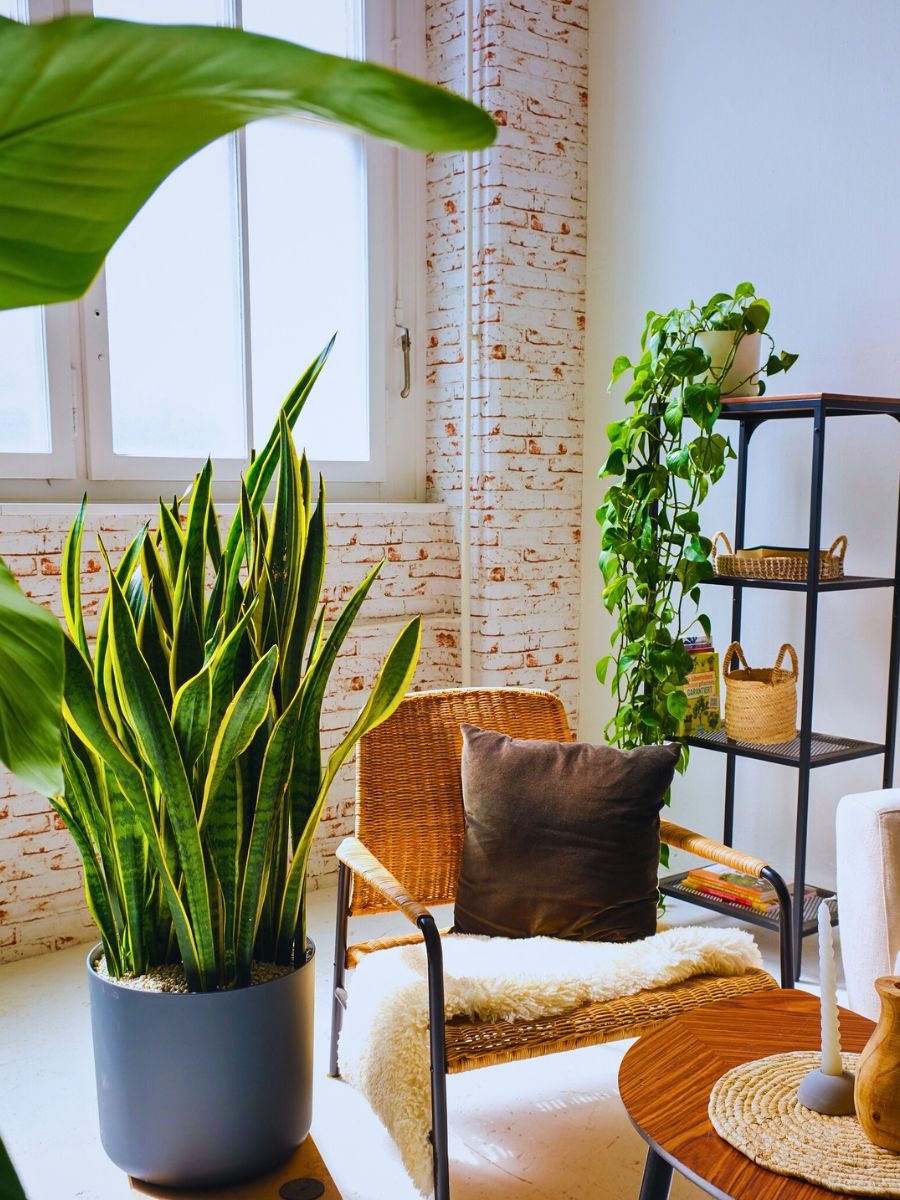
Finally, plants can liven up your dorm room to add some green and make your space homier—and they don't require you to hammer anything into walls or otherwise cause a disturbance.
What Should I Look for When Choosing Dorm Room Plants?
If you're shopping for your dorm room plants, there are a few ground rules. First: try to find plants that don't need much square footage. Dorm rooms are not large, and you don't want a plant that eats up your room in proportion to the size of the room. In other words, buy compact plants or creepers—things that grow vertically instead of horizontally.
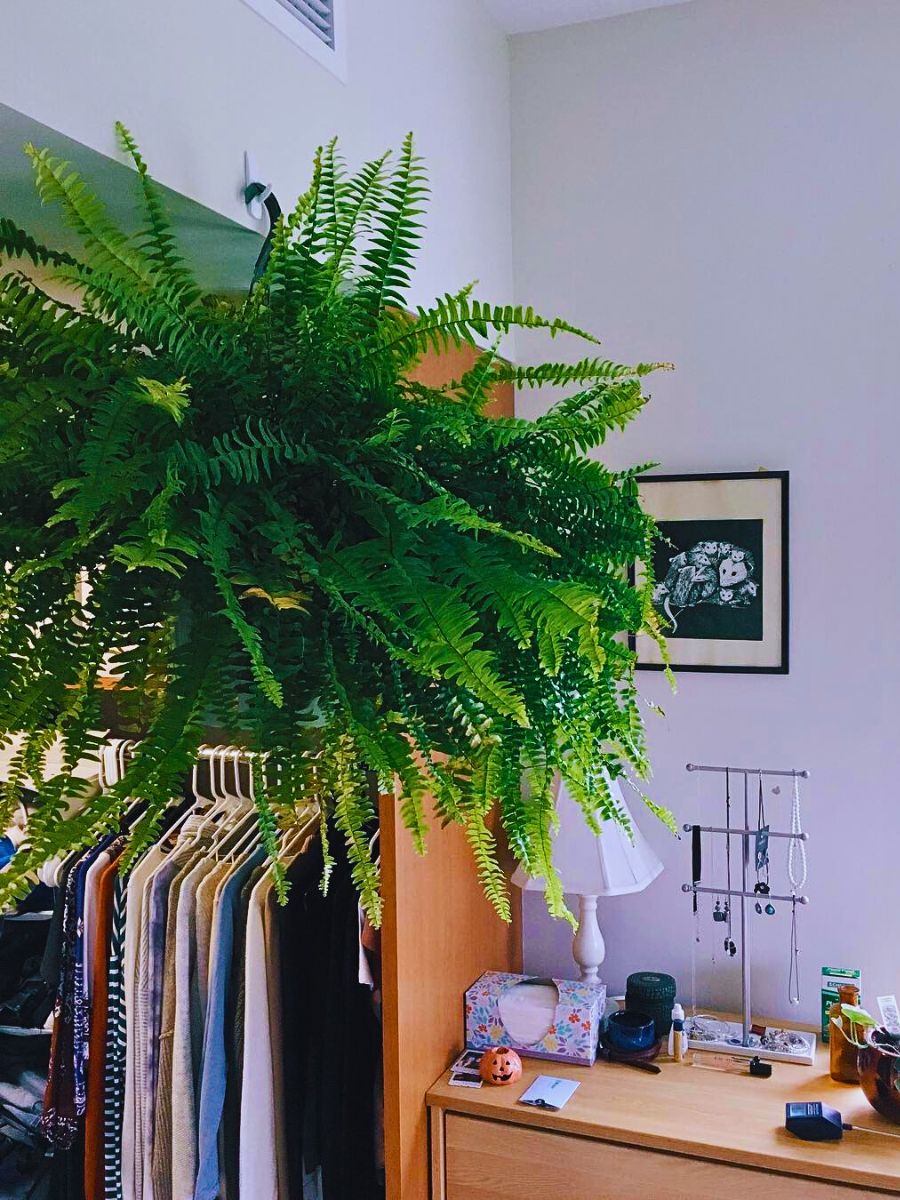
Second, you want something low-maintenance. You're a student, and you already have plenty of things to do, so you don't want to be constantly watering plants or following a complicated care routine. Look for plants that don't require much maintenance. You can also read more about how to nail your interior decorations with plants.
Third, think about your dorm's light. With most dorms (especially on college campuses), there isn't a whole lot of natural light, so you probably want a couple of plants that can tolerate lower to medium light. If you have an especially sunny window, you're in luck—more options for you. But even still, it's a good idea to pick a few plants that do well in a variety of lighting conditions.
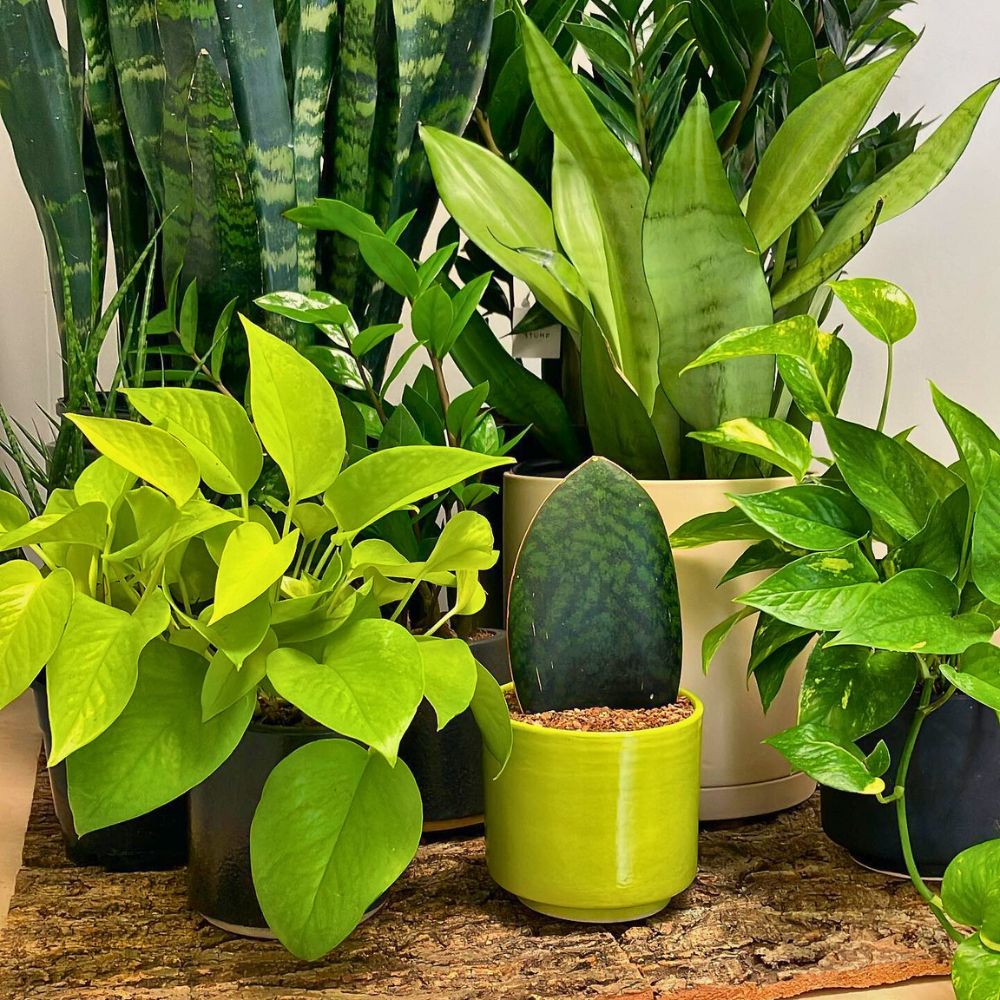
Low-maintenance dorm-friendly plants such as snake plants and cacti are ideal for dorm rooms, offering a touch of greenery without much effort, just as coursework writers for hire can assist with handling academic responsibilities efficiently. Finally, consider your own experience with plants. If you're a beginner, cultivate some plants that are willing to survive even for a beginner! Once you gain some confidence, then move to more demanding things, if you wish.
Snake Plant, the Dorm Room Superhero
The perfect plant for a dorm room is the snake plant (also known as mother-in-law's tongue). This plant is basically indestructible and is great for anyone who's a busy student or a first-time plant owner. Snake plants (which are not related to snakes) usually have long, upright leaves (that can get quite tall!) and don't take up much floor space. They can be tucked into a corner or set up on a desk.
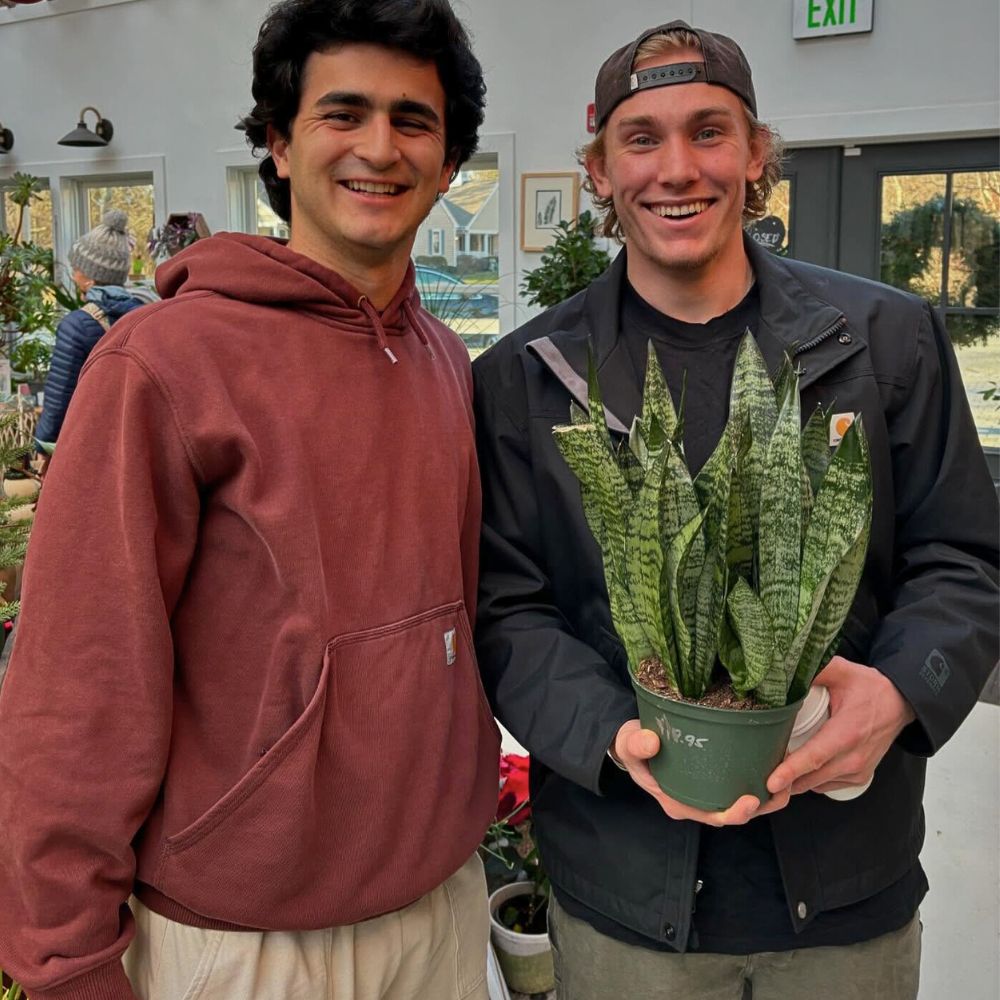
Snake plants are pretty much as close to pure neglect in the plant world as you can find: they require very little light (they tolerate from low light to bright indirect light) and very little care, as frequent overwatering will kill them faster than you can say 'sorry' to your drooping leafy pal, no matter how many green thumbs you have. In fact, it's better to err on the side of underwatering than overwatering.
Another reason snake plants are awesome is that they're excellent air-purifying plants: they absorb toxins like formaldehyde and benzene from indoor air. They are, quite literally, a breath of fresh air.
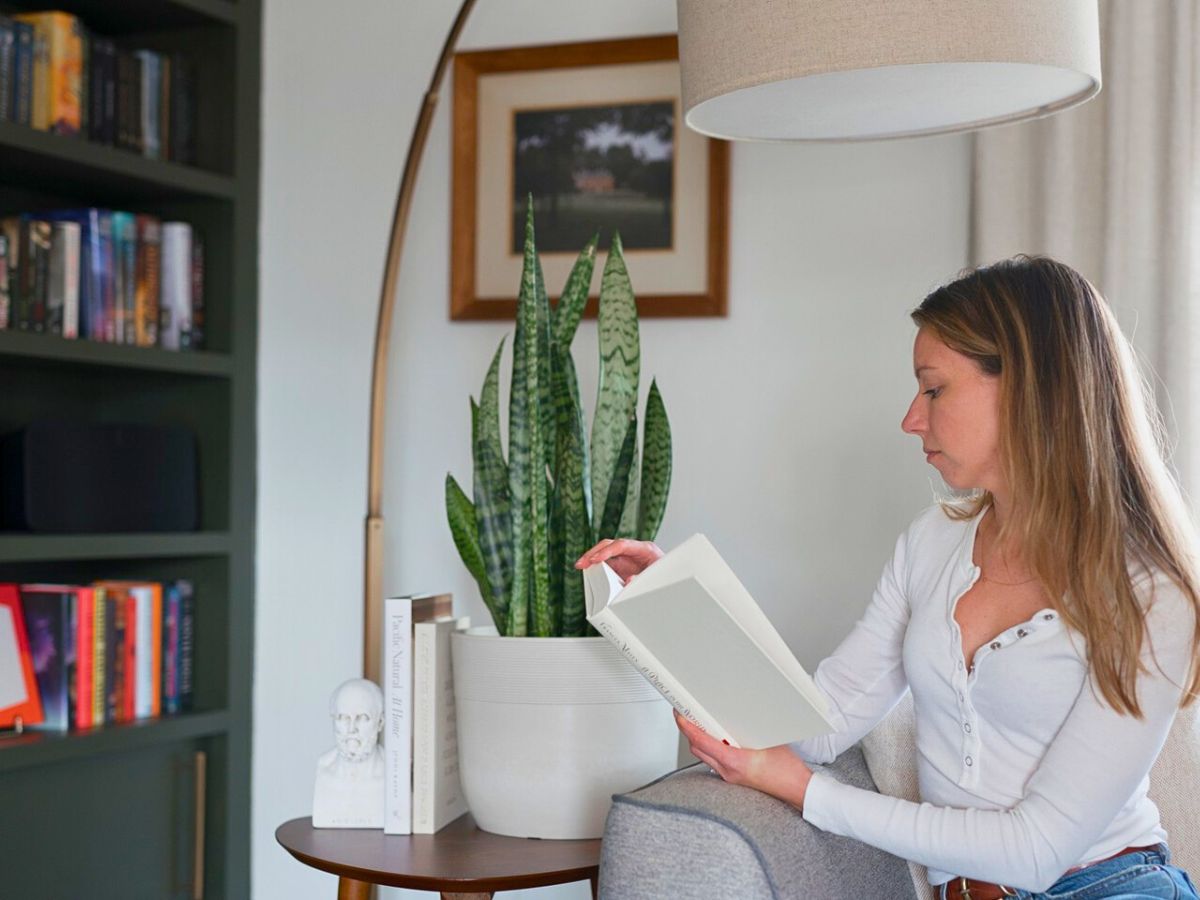
Pothos, the Trailing Dorm-Friendly Beauty
Cover your bare walls with a trailing pothos plant—a fast-growing vine that you can simply place atop a high shelf or the top rim of a bookcase and let hang down.
Pothos plants are really good for beginners because they are very tolerant of neglect: they will do fine in low light and, while they prefer bright, indirect light, they will do OK in direct light, too. Plus, they are flexible with watering: you can let them dry out for a spell and not kill them, so if you're forgetful or otherwise challenged in this capacity, you could do a whole lot worse. The way to tell if your pothos has been overwatered is that the leaves will yellow and then fall off. When you water them, wait until the top inch or two of the soil feels somewhat dry to the touch.
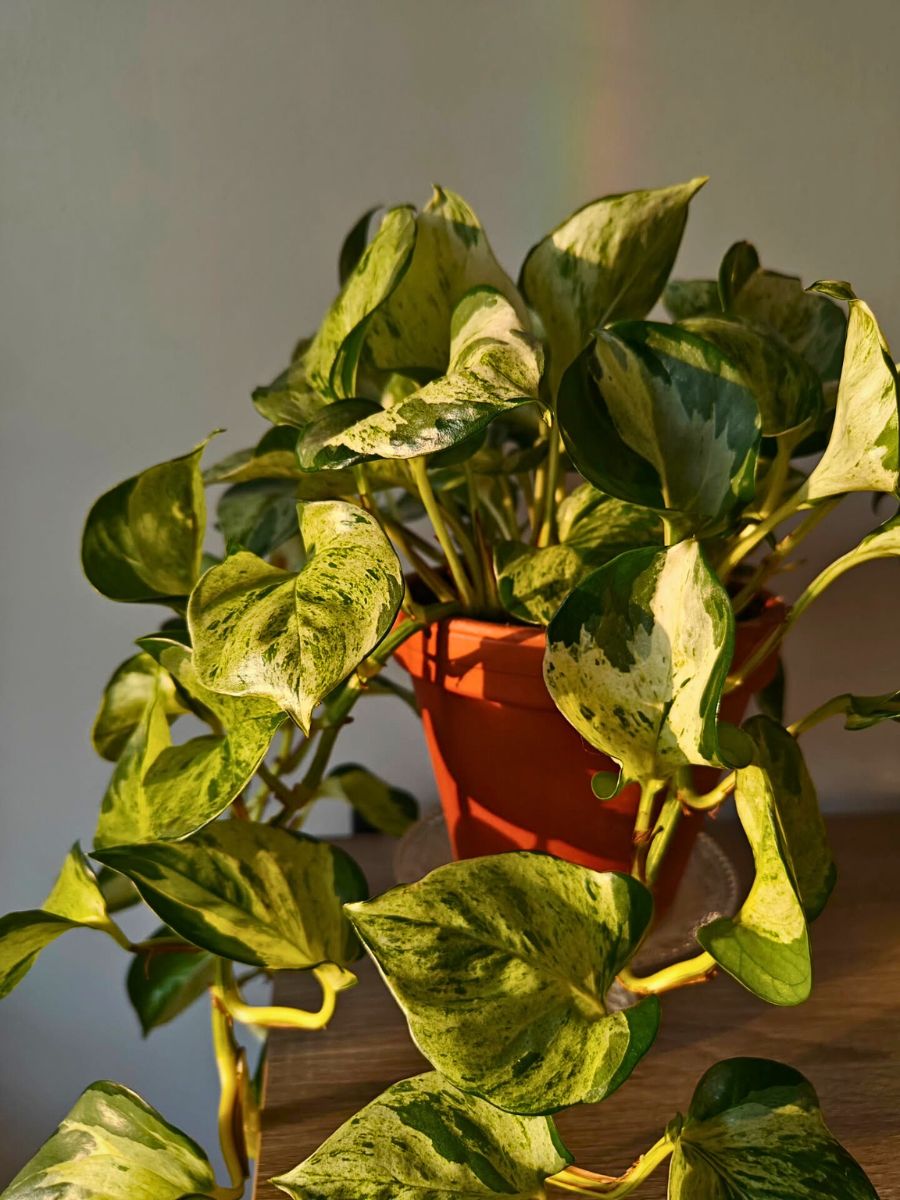
An added advantage of pothos plants is that they're also easy to propagate. Cut a piece off a plant that has become too long, put it in some water, and you'll soon have another plant growing roots. This way, you can hand out plants to your dorm mates or grow your collection with minimal cash outflow.
ZZ Plant, the Tough Guy for Your Dorm Room
The ZZ plant (scientific name Zamioculcas zamiifolia) is another great dorm room plant; its nickname (ZZ) stands for 'zerozekigekku', which is Japanese for 'negligence'. The leaves have a shiny, dark green surface and emerge in a beautiful, arching pattern.
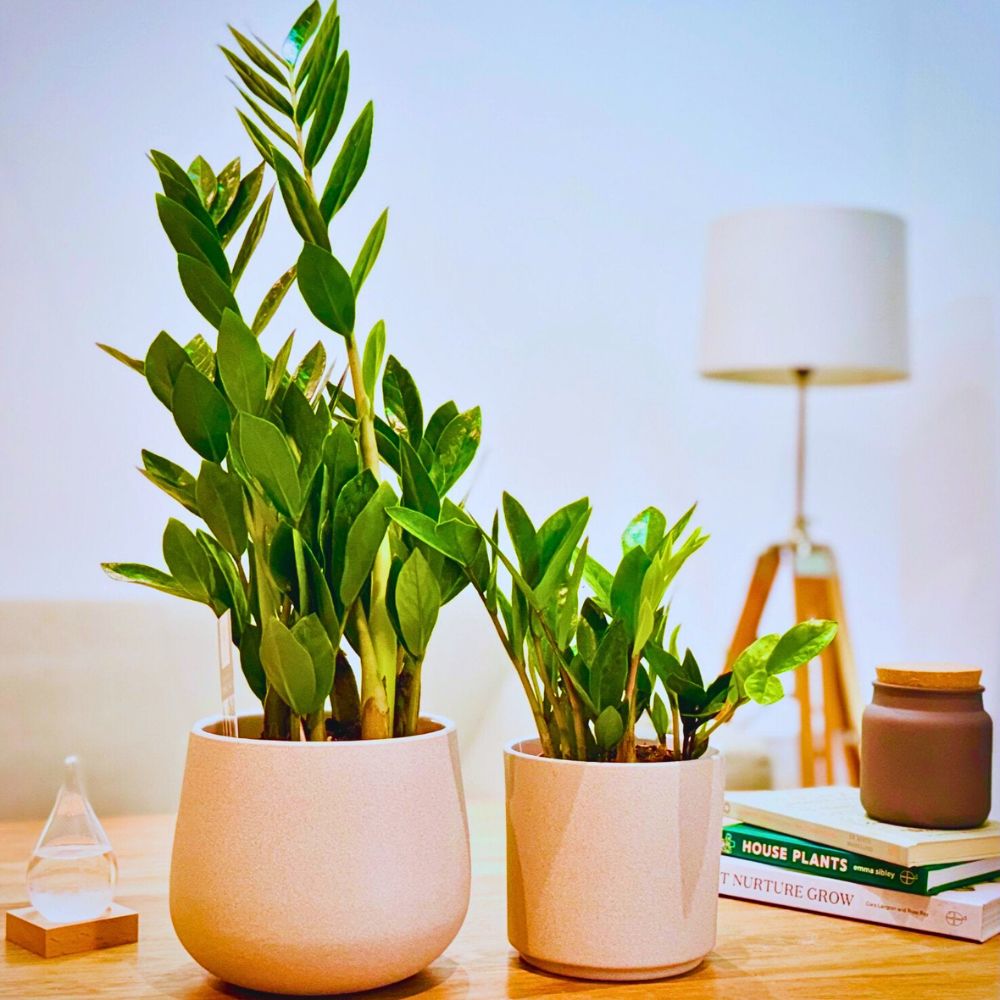
Because of their slow growth and drought tolerance, ZZ plants will happily withstand low light conditions, growing faster in brighter light. The key to growing these plants is to avoid overwatering—drought is their biggest threat, so you can easily let them go up to three weeks without water.
Another thing: ZZ plants can be dangerous if you eat them, so if you have pets that might be visiting your dorm, you might have to pick another plant to show off. But it's safe and nice to touch and have around—just don't eat them.
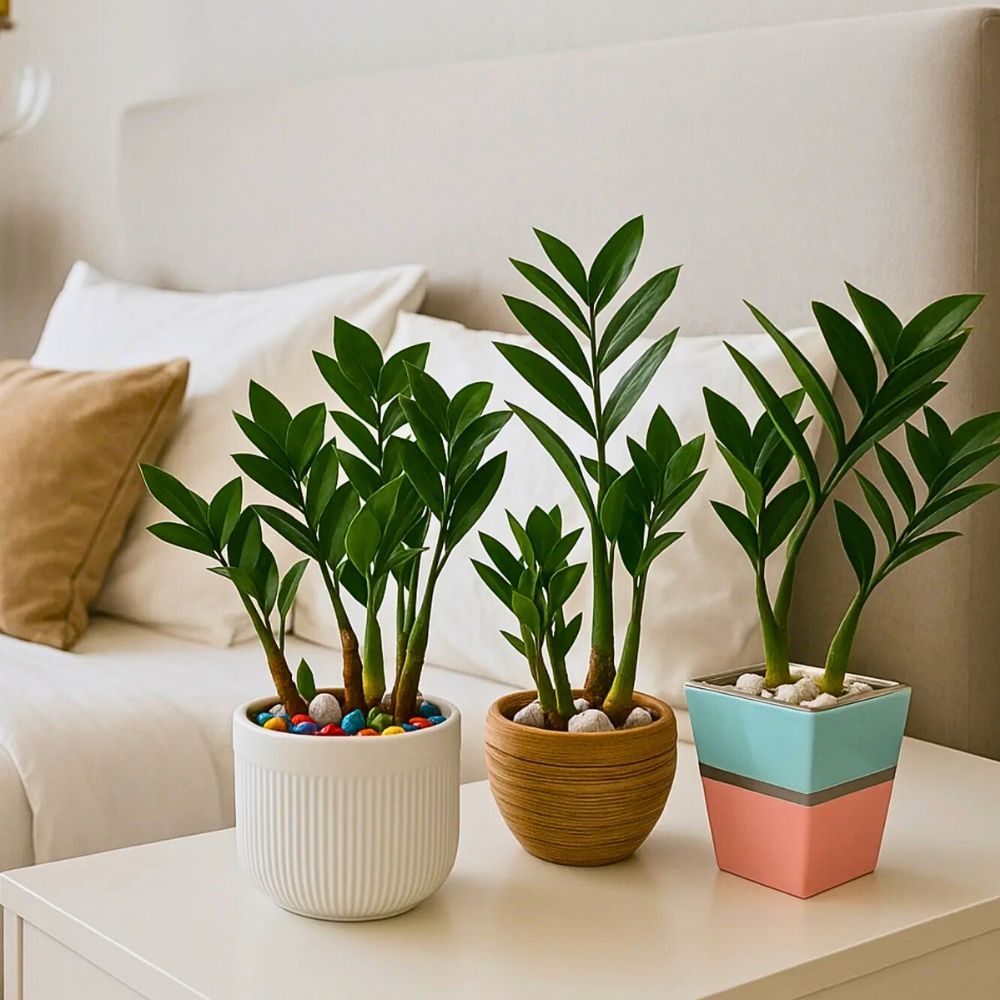
Quick Comparison: Best Low-Maintenance Dorm Plants
|
Plant Name |
Light Needs |
Water Needs |
Air Purifying |
Toxicity |
|
Snake Plant |
Low to bright indirect |
Low (every 2-3 weeks) |
High |
Mildly toxic if ingested |
|
Pothos |
Low to bright indirect |
Moderate (when the top 1-2 inches of soil are dry) |
Moderate |
Toxic if ingested |
|
ZZ Plant |
Low to bright indirect |
Very low (can go weeks without water) |
Moderate |
Toxic if ingested |
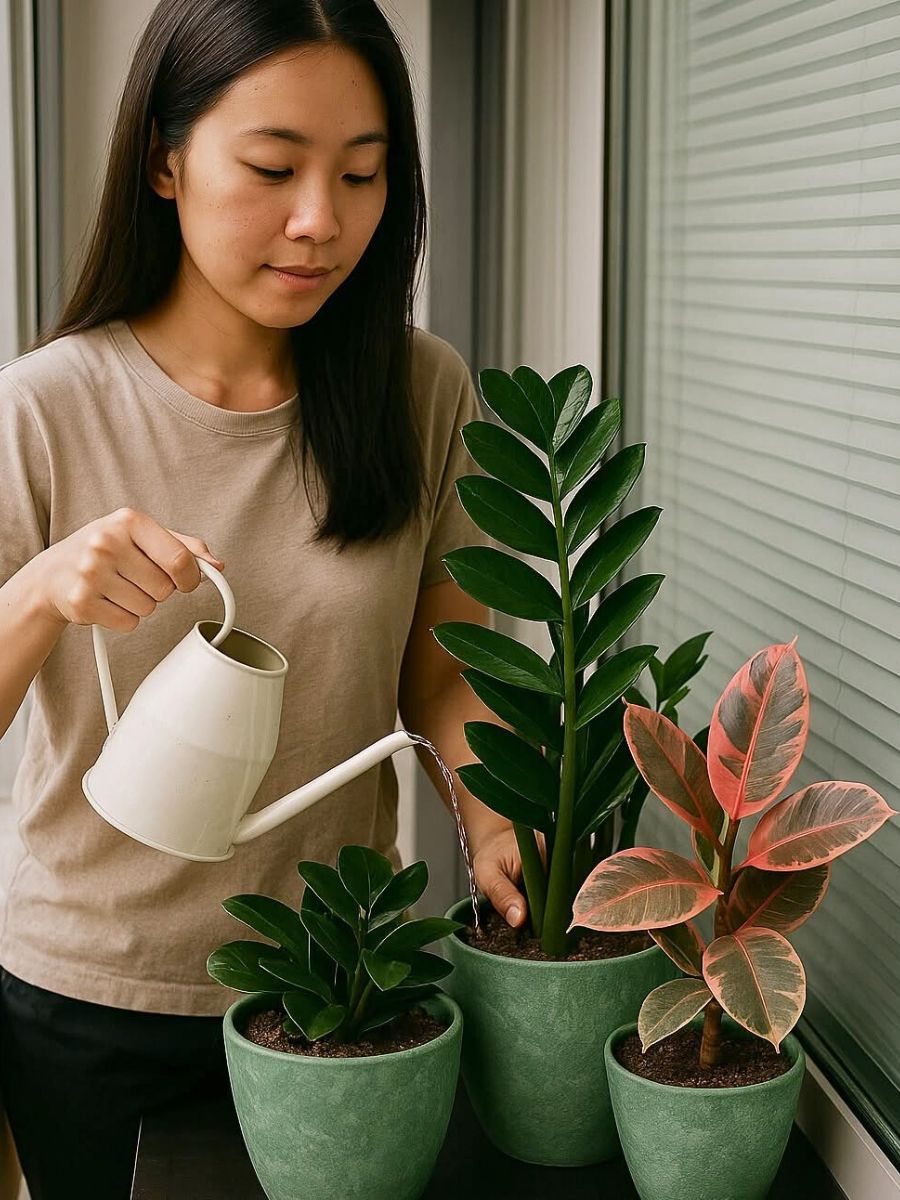
Succulents, the Cute and Compact Dorm Room Companions
Succulents are the plants you might find in the windowsill of a dorm room. They come in so many varieties and forms, you can make a striking little display in a small space. What's more, they use their leaves to store water, so they're excellent for the forgetful.
Though they're sometimes viewed as super low-maintenance, succulents are a bit particular, so you'll want to make sure they get lots of bright light (which makes a sunny dorm window a suitable space) and, if your room doesn't get much sunlight, you might have to supplement with a grow light.
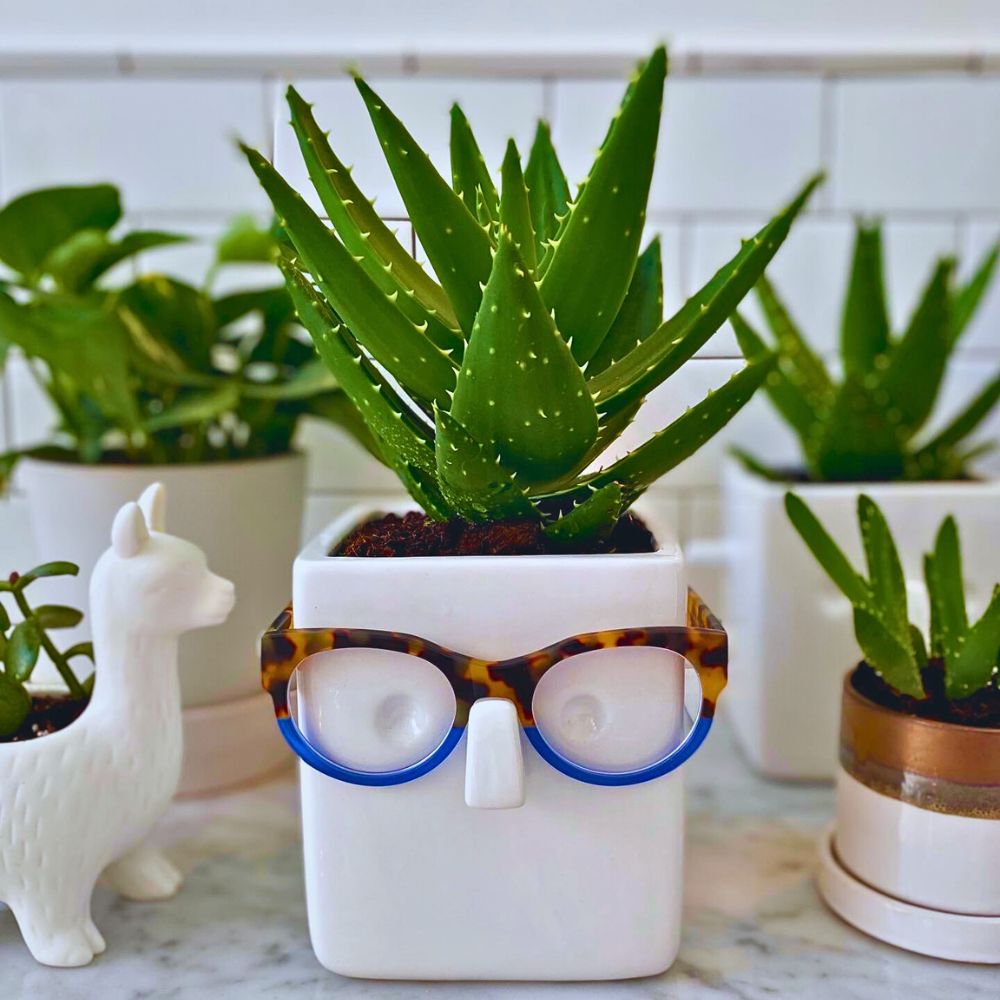
Less, as far as watering is concerned, is more with succulents, which rot when overwatered, so you should let the soil dry out completely between watering sessions—deeply, that's the general rule.
Another plus? Many succulents are small enough to fit on a windowsill or desk, and you can easily arrange several different types in a single container to create a mini garden. Just be sure to use a container with drainage holes to avoid letting water sit at the bottom.
Spider Plant, the Dorm-Friendly, Air-Cleaning Champ
Another good choice is a spider plant, so named because of its long, skinny leaves that shoot outward and sometimes have little 'babies' dangling from the ends. They work well in hanging baskets or on high shelves so the leaves can scamper downward.
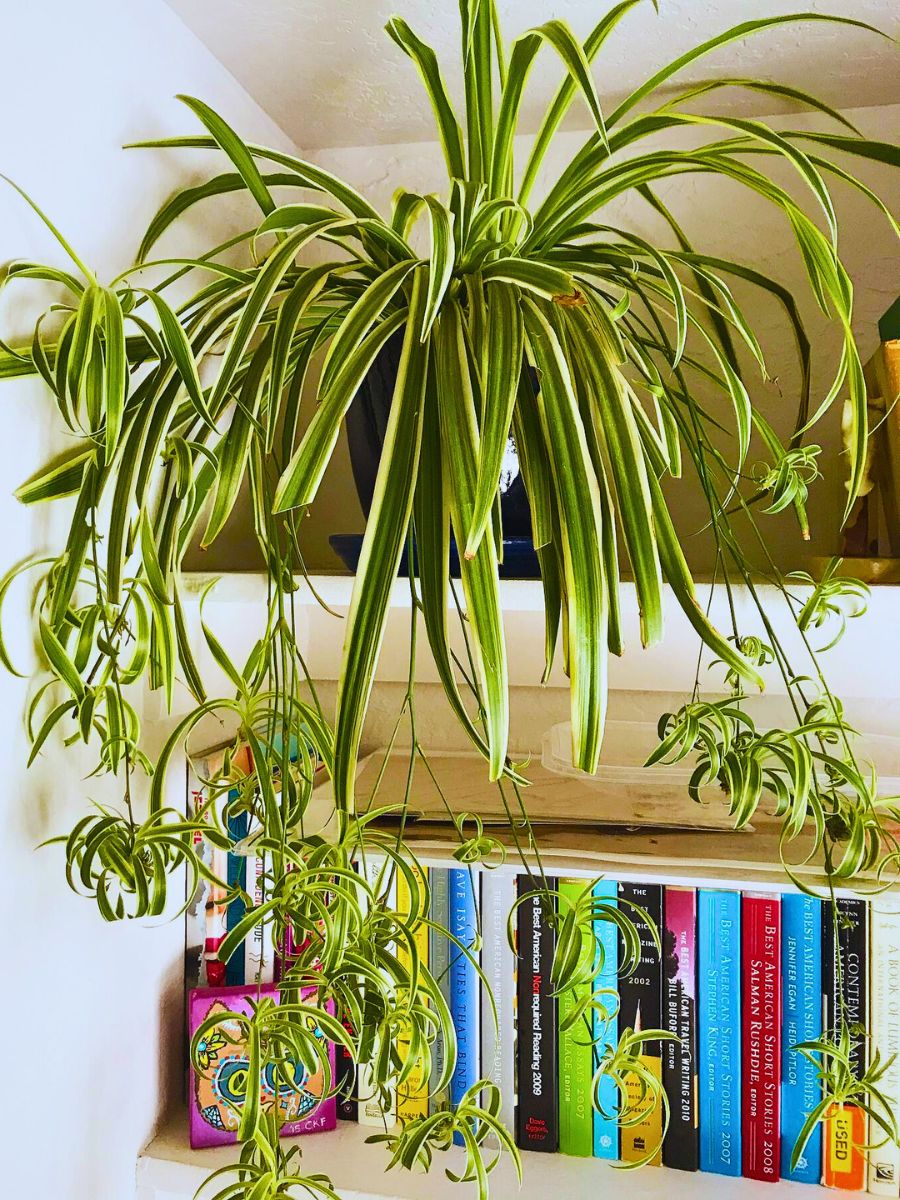
Spider plants are adaptable, tolerating a wide range of light conditions. They thrive in bright indirect light, but will manage with most levels of indirect light. They are also easy keepers, tolerant of inconsistent watering. Water when the top inch of potting soil feels dry to your touch.
Another plus is that spider plants humidify the air and absorb formaldehyde (found in many household products), helping to purify your dorm's air.
Another non-toxic option is spider plants, which are perfect for dorm rooms, especially if you have any pets or siblings who might visit and might like to sample your greenery. And, like the snake plants, it's easy to propagate from the 'babies' they grow, so you can easily grow additional plants or give some to your friends.
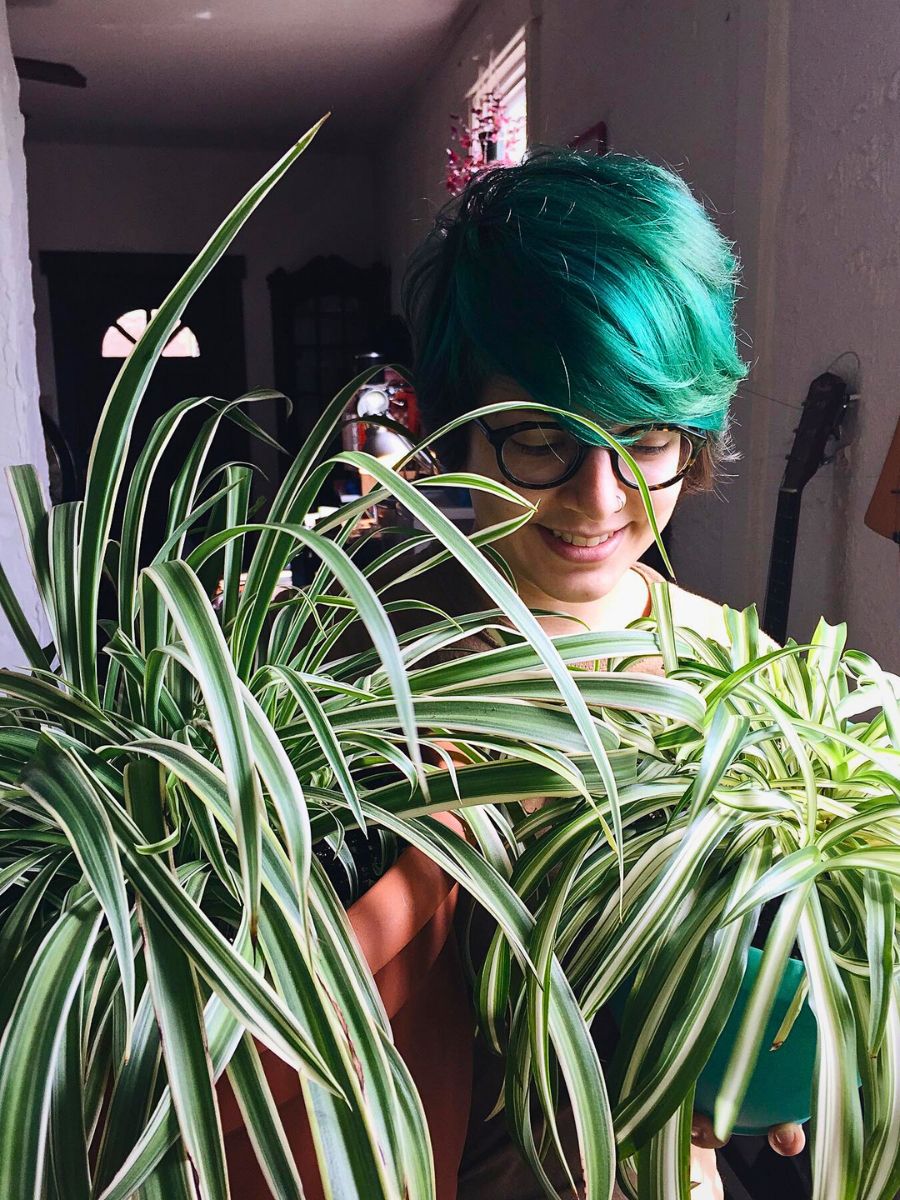
Chinese Evergreen, the Dorm Room Low-Light Lover
And if your dorm room is light-starved, try a Chinese evergreen. It is one of the best dorm-friendly plants for low-light places, which makes it perfect for rooms with small windows or north-facing exposures.
Chinese evergreens come in a variety of leaf forms and colors, from dark green to silver and red. They are relatively slow-growing, which will help to prevent them from growing too big for their space. They do best when kept on the dry side, so let the top inch or two of soil dry out before watering. They like warm temperatures and hate drafts: keep Chinese evergreens out of air conditioning vents and drafty windows.
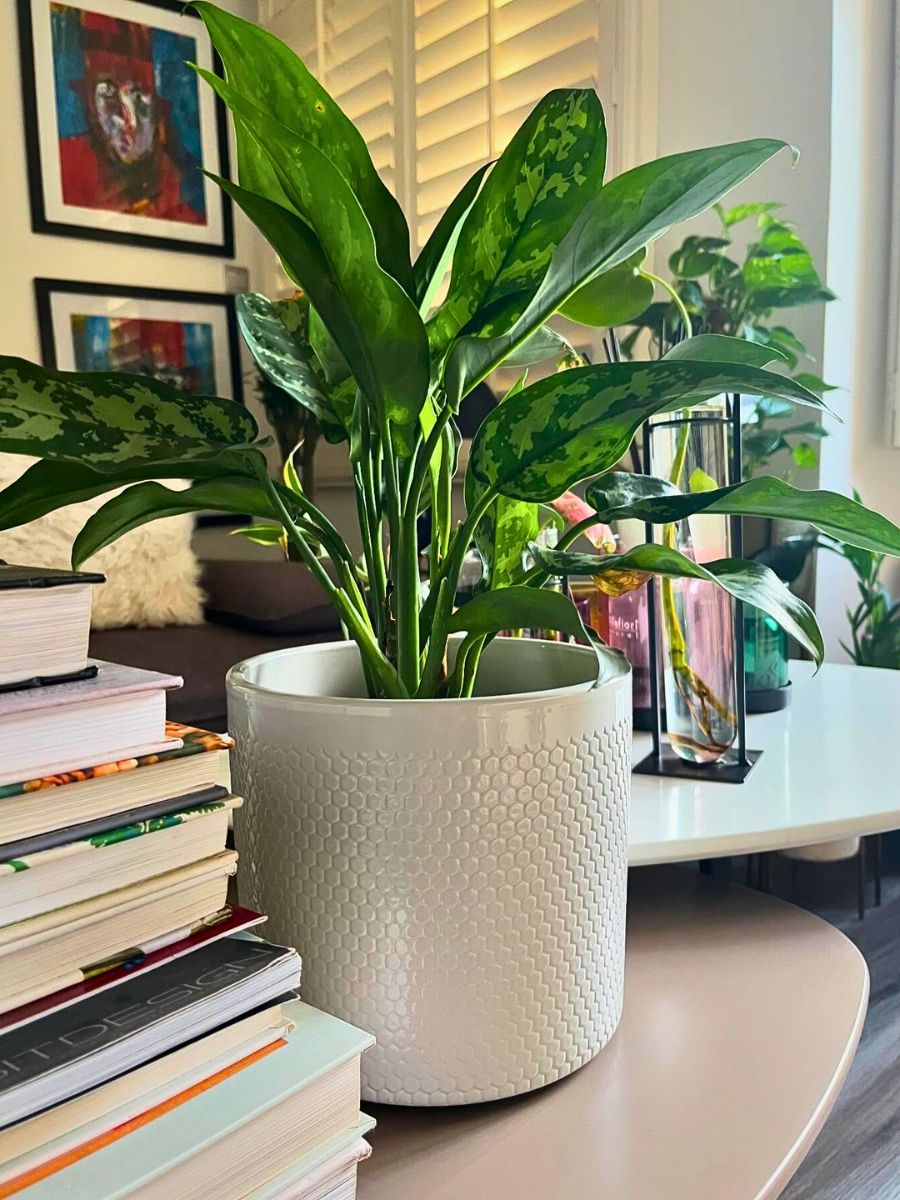
Which Low-Maintenance Dorm Room Plants Are Best for College Students?
When selecting the best dorm room plants for college students, prioritize these characteristics:
- Low light tolerance: Most dorm rooms don't have abundant natural light
- Infrequent watering needs: Perfect for busy schedules and holiday breaks
- Compact size: It will not overwhelm the limited dorm room space
- Air-purifying qualities: Improve indoor air quality while studying
- Easy propagation: Share with friends or expand your collection affordably
The top picks include snake plants, pothos, ZZ plants, and spider plants—all of which check these boxes and are nearly impossible to kill, even for complete beginners.
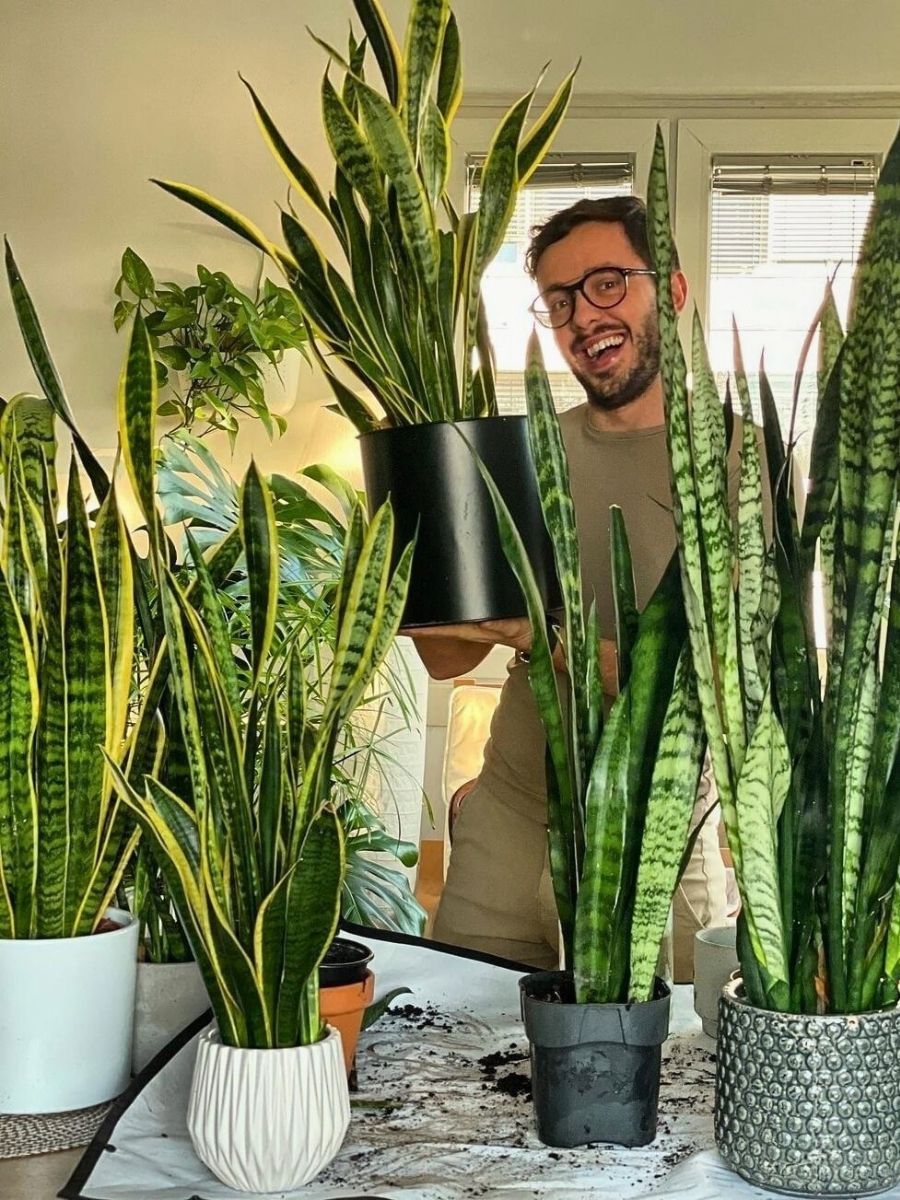
How Do I Keep My Dorm Room Plants Alive During College Breaks?
One of the biggest challenges with dorm room plants is keeping them alive during extended breaks when you're away from campus. Here are some strategies:
- Water thoroughly before leaving: Give plants a deep watering right before you depart
- Choose drought-tolerant varieties: Snake plants, ZZ plants, and succulents can survive 2-4 weeks without water
- Use self-watering systems: Simple water globes or DIY bottle systems can keep plants hydrated
- Ask a friend to water: Exchange plant-sitting duties with dorm mates who stay on campus
- Move plants to optimal locations: Place them in areas with consistent light and temperature
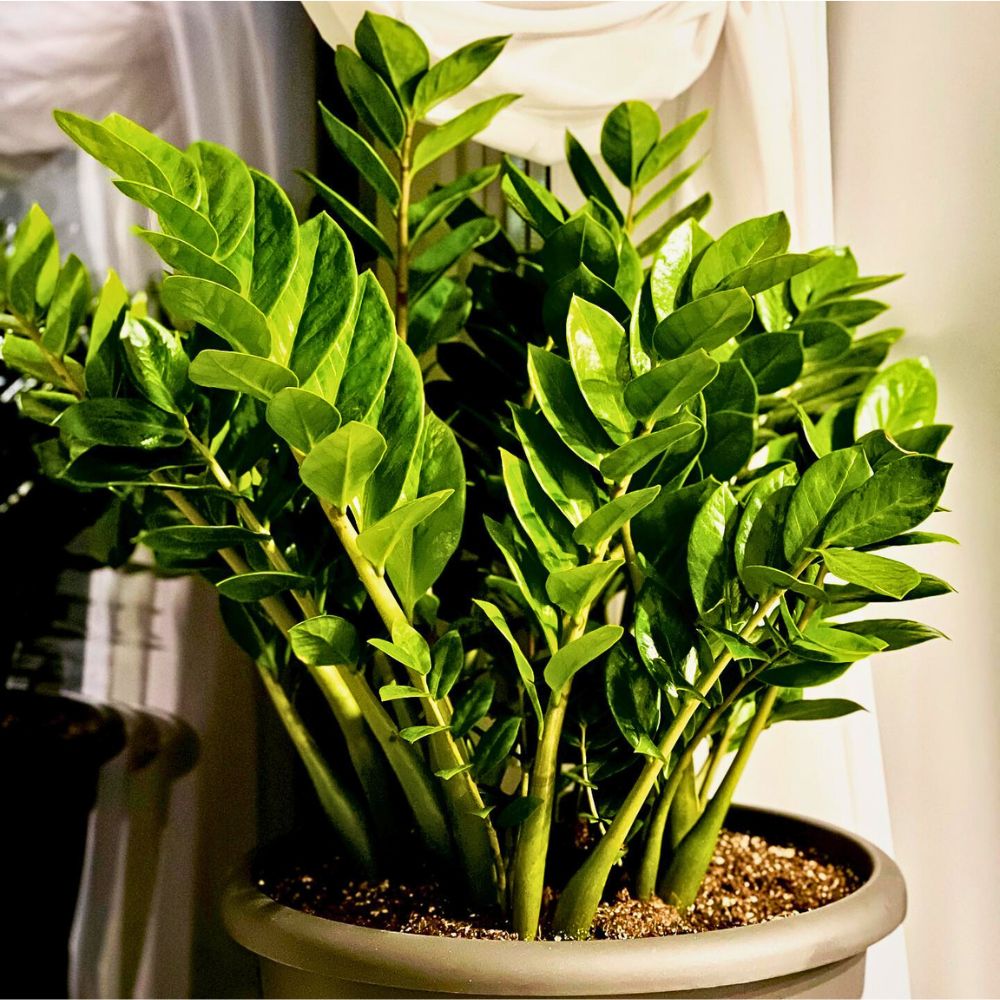
Many dorm-friendly plants like snake plants and ZZ plants are specifically suited for surviving the neglect that comes with college life, including those long holiday breaks.
Feature image by @plantsyoulove. Header image by @wild_interiors.

